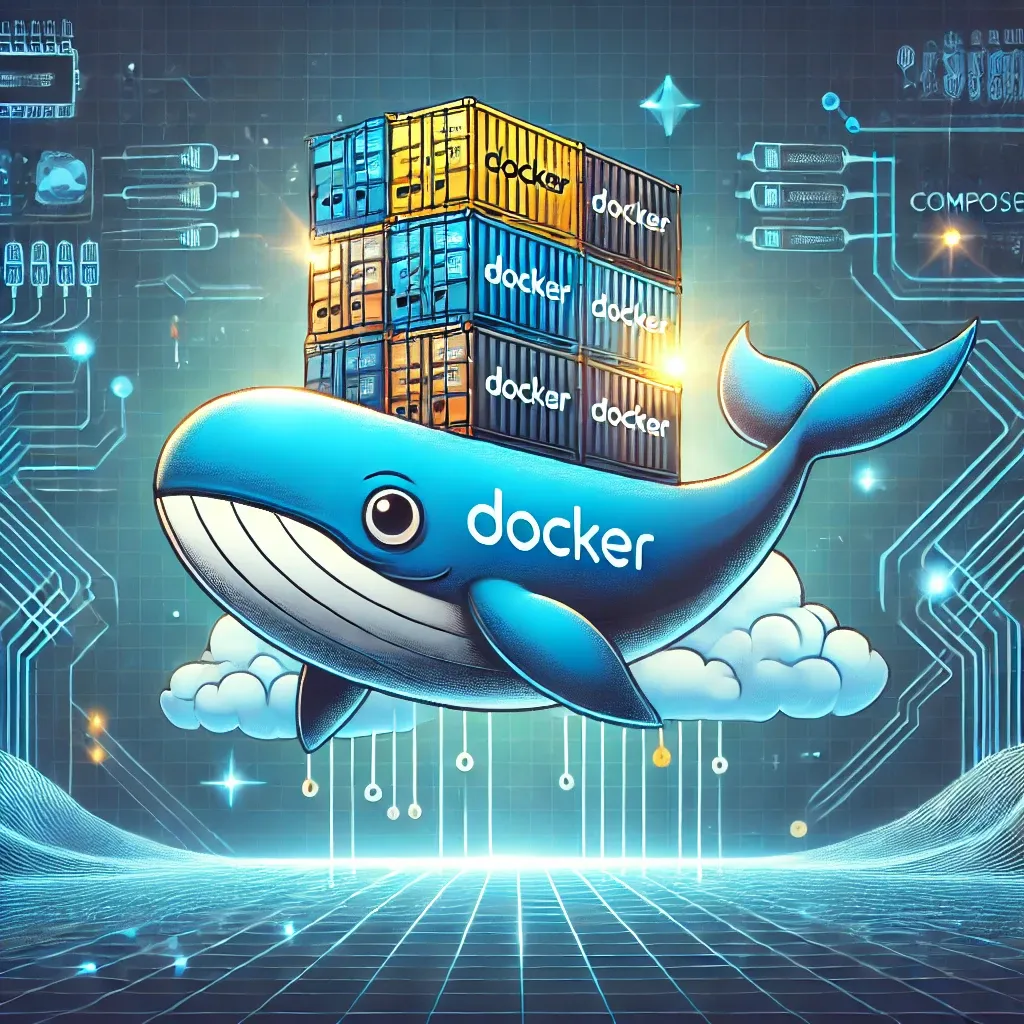🚢 Docker, Dockerfile, and Docker-Compose: A Comprehensive Guide
In the world of software development, containerization has become a game-changer. Docker, in particular, has revolutionized the way we develop, ship, and run applications. Whether you’re a computer science student or a seasoned professional, understanding Docker, Dockerfile, and Docker-Compose is crucial. This guide will walk you through the basics and help you get started with these powerful tools.
🐳 What is Docker?
Docker is an open-source platform designed to automate the deployment, scaling, and management of applications. It achieves this through containerization, which allows developers to package applications and their dependencies into a single, portable container. This ensures that the application runs consistently across different environments.
🔥 Why Use Docker?
- Consistency: Docker ensures that your application runs the same way in development, testing, and production environments.
- Isolation: Containers provide a lightweight, isolated environment for running applications, reducing conflicts between dependencies.
- Scalability: Docker makes it easy to scale applications by running multiple instances of a container.
- Portability: Containers can be run on any system that supports Docker, making it easy to move applications between different environments.
📜 Understanding Dockerfile
A Dockerfile is a script containing a series of instructions on how to build a Docker image. Think of it as a blueprint for your application’s environment. Each instruction in a Dockerfile creates a layer in the image, which can be cached and reused to speed up the build process.
🏗️ Basic Structure of a Dockerfile
FROM: Specifies the base image to use for the build. For example,FROMubuntu:20.04 starts with an Ubuntu base image.RUN: Executes commands in the container. For example,RUNapt-get update updates the package list in the container.COPY: Copies files from the host machine to the container. For example,COPY. /app copies the current directory to the /app directory in the container.WORKDIR: Sets the working directory for subsequent instructions. For example,WORKDIR/app sets the working directory to /app.EXPOSE: Informs Docker that the container listens on the specified network ports at runtime. For example,EXPOSE8080 exposes port 8080.CMD: Provides defaults for an executing container. For example,CMD[“python”, “app.py”] runs the app.py script using Python.
📝 Example Dockerfile
# Use an official Python runtime as a parent image
FROM python:3.8-slim
# Set the working directory in the container
WORKDIR /app
# Copy the current directory contents into the container at /app
COPY . /app
# Install any needed packages specified in requirements.txt
RUN pip install --no-cache-dir -r requirements.txt
# Make port 80 available to the world outside this container
EXPOSE 80
# Define environment variable
ENV NAME World
# Run app.py when the container launches
CMD ["python", "app.py"]⚙️ Docker-Compose: Simplifying Multi-Container Applications
Docker-Compose is a tool for defining and running multi-container Docker applications. With Docker-Compose, you can use a YAML file to configure your application’s services. This makes it easier to manage and run complex applications that require multiple containers.
🤔 Why Use Docker-Compose?
- Simplicity: Docker-Compose simplifies the process of running multi-container applications with a single command.
- Consistency: Ensures that your application’s services are configured and run consistently across different environments.
- Scalability: Allows you to scale services up or down with a single command.
📂 Basic Structure of a docker-compose.yml File
version: Specifies the version of the Docker-Compose file format.services: Defines the services that make up your application. Each service corresponds to a container.networks: Defines custom networks for your application.volumes: Defines named volumes for persistent data storage.
🛠️ Example docker-compose.yml File
version: '3'
services:
web:
image: python:3.8-slim
build: .
ports:
- "5000:5000"
volumes:
- .:/code
environment:
FLASK_ENV: development
redis:
image: "redis:alpine"In this example, the docker-compose.yml file defines two services: web and redis. The web service uses a Python image and maps port 5000 on the host to port 5000 in the container. The redis service uses the official Redis image.
🚀 Getting Started with Docker, Dockerfile, and Docker-Compose
To get started with Docker, you’ll need to install Docker and Docker-Compose on your machine. Once installed, you can create a Dockerfile for your application and use Docker-Compose to manage multi-container applications. (The walk-through will be for Arch-based distro, but the packages are similar for other distros)
📥 Installing Docker and Docker-Compose
Using your favorite AUR package manager run:
paru -S docker docker-composeThis will install all you need to get started with docker!
🔨 Building and Running a Docker Container
Build the Docker image: Navigate to the directory containing your Dockerfile and run:
docker build -t my-python-app .Run the Docker container: Start a container using the image you just built:
docker run -p 4000:80 my-python-app:> Running a Docker-Compose Application
Navigate to the directory containing your docker-compose.yml file, to start the application, run the following command to start your multi-container application:
docker compose upor if you want to run it in detached mode you can run docker compose up -d
🎯 Conclusion
Docker, Dockerfile, and Docker-Compose are powerful tools that simplify the development, deployment, and management of applications. By understanding and leveraging these tools, you can create consistent, isolated, and scalable environments for your applications. Whether you’re a computer science student or a professional in the field, mastering Docker will undoubtedly enhance your development workflow and make you more efficient.

